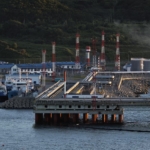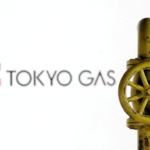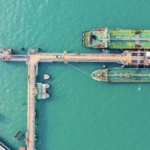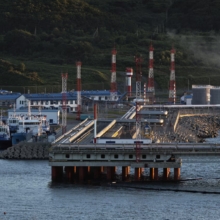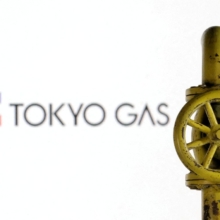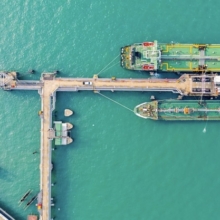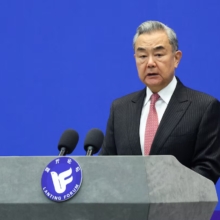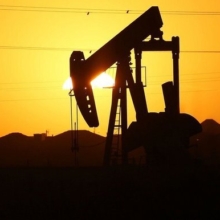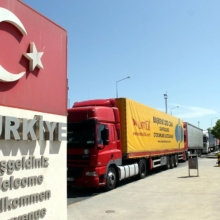Canada Oil, Gas Capital Spending Up at $7.85B in Q3

RoydadNaft – Canada’s oil and gas extraction industries deployed CAD 10.6 billion ($7.85 billion) in capital during the third quarter (Q3), up 1.68 percent from the prior three-month period and 12.76 percent from the same quarter last year, official data has shown.
Total capital expenses for the oil and gas extraction industries for the first three quarters of 2023 rose 20 percent year-on-year, Statistics Canada recently reported.
Capex for Canada’s oil and gas extraction industries rose 1.68 quarter-on-quarter and 12.76 percent year-on-year.
Oil and gas extraction capital expenditure in the country has consistently increased since 2021 as oil and gas prices rebounded from a decrease during the coronavirus pandemic. In the eight years from 2015 to 2022, capex for this sector peaked 2015 at CAD 31.61 billion ($23.41 billion) and fell to its lowest at CAD 14.16 billion ($10.49 billion) in 2020, a year into the pandemic, according to a database on the government agency’s website.
In the oil province of Alberta in 2022 total capex for the sectors of oil and gas, oil sands and emerging resources climbed 44 percent to CAD 26.6 billion ($19.7 billion) compared to 2021, according to the Alberta Energy Regulator. “After the price recovery from the pandemic in 2021, global energy prices continued to rise significantly in 2022, leading to a more favorable investment environment”, the regulators says in a report on its website.
Alberta expects investment in the oil and gas extraction industries to grow 18 percent or by over CAD 4.5 billion ($3.33 billion) in 2023, with moderate growths for 2024 and 2025, according to a fiscal statement by the provincial government November 30.
“Energy prices are anticipated to remain supportive of activity”, said the statement on the provincial government’s website. “Producers are also expected to continue drilling at a solid pace ahead of TMX [Trans Mountain expansion pipeline] coming online in the second half of 2024”.
However, nationally, refined petroleum products dropped 25.4 percent quarter-over-quarter in the July–September period. This drove the 0.3 percent quarter-on-quarter decline in real gross domestic product, according to a bulletin update by Statistics Canada.
Nonetheless, Alberta’s “[i]ncomes for the non-financial sector in the third quarter were boosted by higher prices for crude oil and refined petroleum products”, the statistics agency stated.
For the July–September 2023 quarter, among the country’s biggest oil and gas companies, Cenovus Inc. had reported CAD 1.03 billion ($762.82 million) in capex, up two percent against the prior quarter and 18 percent against the corresponding period a year ago. The capex “was primarily directed towards sustaining production in the Oil Sands segment, drilling, completion, tie-in, and infrastructure projects in the Conventional business as well as refining reliability initiatives in the U.S. Manufacturing segment”, the company said in its quarterly report November 2.
Cenovus logged CAD 1.86 billion ($1.38 billion) in net profit and CAD 17.31 billion ($12.82 billion) in revenue, according to the company’s quarterly report November 2.
Imperial Oil Ltd. posted CAD 387 million ($286.61 million) in capex for the third quarter of 2023, down 21.5 percent against the prior quarter and five percent compared to the corresponding quarter 2022. Upstream accounted for most of its latest quarterly capex.
Imperial Oil recorded CAD 1.6 billion ($1.18 billion) in net income and CAD 13.92 billion ($10.31 billion) in revenue, according to its earnings announcement October 27.
Suncor Energy Inc. meanwhile had CAD 1.51 billion ($1.12 billion) in capex for the third quarter of 2023, down 2.51 percent from the prior quarter but up 13.17 percent from the corresponding quarter 2022. It attributed its third quarter 2023 expenses primarily to “a share-based compensation expense in the current quarter compared to a recovery in the prior year quarter, increased operating expenses associated with the company’s additional working interest in Fort Hills that was acquired in the first quarter of 2023, and increased mining activity at the company’s mines”, as stated in its quarterly report November 8.
The year-on-year increase “was partially offset by lower natural gas prices and reduced operating expenses as a result of international asset divestments at E&P [the exploration and production segment]”, Suncor added.

